Sole Trader Tax Guide
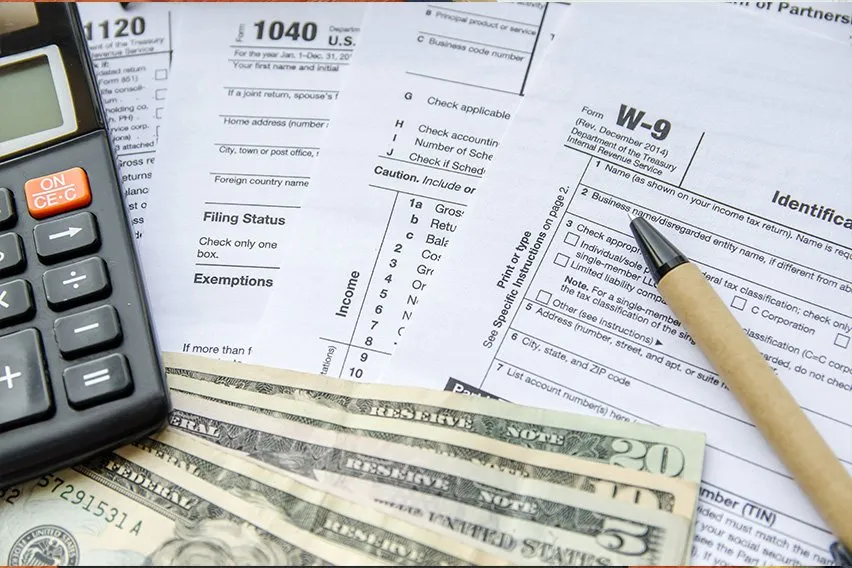
Being a sole trader means that you’re your own boss, which means keeping all your hard-earned money (after tax of course!) It’s the same as being self-employed—both allow you to manage your own deadlines and choose the clients you want to work with. This is true across all industries too, whether you’re an independent hairdresser or ad hoc consultant for small businesses.
But most sole traders go from using the UK PAYE tax system as employees to completing Self Assessment tax returns without quite knowing how. And this means they have to trawl HM Revenue & Customs’ (HMRC) site for answers while their scary deadlines loom ever closer. But not anymore… Our ultimate guide to sole trader tax is here. It helps you learn everything you need to know about UK taxes as a sole trader, and it does it as quickly as possible so that you can get back to innovating in the salon, helping businesses succeed, or focusing more energy wherever your passion lies.
Here’s What We’ll Cover:
What Are the Advantages and Disadvantages of Being a Sole Trader?
The main benefit that sole traders often shout about? Freedom. Working for yourself, picking your hours, and deciding which projects you work on… There’s a lot to love about being a sole trader. Another big selling point is having complete control over your finances. After all, payments are made directly to you now, and you can use those profits however you want—whether that’s investing in your craft or a much-needed holiday. What’s more, you can even claim tax relief on a number of your business-related costs, like travel.
Of course, the price of all this freedom is that you’re now in charge of declaring your income to HMRC through a Self Assessment tax return. It’s a pretty boring prospect, but it’s necessary. Reporting how much you’ve earned (and any expenses you want to claim) as a sole trader enables HMRC to tax you on your profits. You’ll then pay the resulting tax bill directly to HMRC, instead of it automatically coming out of your wages. If you’re late submitting your tax return or paying your tax bill, you could face penalties and interest charges—so it really does pay to be prepared.

Have a limited company?
Things are slightly different when you set up a limited company. Here, you create a separate legal entity with yourself as a director. Your finances and the finances of your company are separate, and you effectively pay yourself a salary and dividends. A limited company has some tax advantages (Corporation Tax is lower than higher rates of Income Tax, for example, and there are more options in terms of tax relief), but there can be some pitfalls too, such as managing and accounting for limited company expenses. We’d always suggest that you seek the advice of an accountant if you’re thinking about going down this route.
How Do I Register As a Sole Trader?
Settled on being a sole trader? Alright. Now you need to let HMRC know. You do this by registering for Self Assessment on their website before the 5th October in your business’ second tax year. So, if you started working as a sole trader in July 2020, that’s the 5th October 2021. If you’ve not registered before, you’ll need two things: A Unique Taxpayer Reference (UTR) number (so you can file a tax return to HMRC) and a Government Gateway ID (to log on to HMRC’s online service). These can take up to 10 days to arrive, so be sure to do this way in advance of any deadlines.
When Do I Need to File My Self Assessment Tax Return and Pay My Taxes?
All sole traders need to file their Self Assessment tax return online by the 31st January. So, for the 2019/20 tax year ending 5th April 2020, the deadline for filing your 2019/20 tax return online is the 31st January 2021. If you prefer to file by paper, you’ll need to submit your Self Assessment a little earlier—by 31st October, so 31st October for the 2019/20 tax year.
The 31st January is also the deadline for paying any tax you owe (known as a balancing payment) and possibly your first payment on account (an advance payment towards your next tax bill). You may also need to make a second payment on account on 31st July—each payment is half your previous year’s tax bill and helps to spread the cost.
Let’s say that you have a £4,000 tax bill for the 2019/20 tax year. The full amount of this would be due on the 31st January 2021. HMRC assumes you’ll owe a similar amount for the following tax year, so will also require your first payment on account of £2,000 (that’s 50% of £4,000) on the same day. This brings the total amount due to £6,000, with a further £2,000 to be paid as a second payment on account on 31st July 2021.
As both your balancing payment and first payment on account are due on the same day as your Self Assessment tax return, we’d always recommend filing early to give yourself an idea of how much you’ll ultimately owe. Why? Because knowing how much tax you owe allows you to manage your cash flow ahead of time, and gives you an easier, more confident start to the new year. And we all want that, right?
Tax software
FreshBooks partner, GoSimpleTax, can help here. You can use their platform to input your income and expenditure throughout the tax year, and it’ll use this to automatically calculate your tax bill in real-time. That means no surprises come deadline day. Users can then file their tax return directly to HMRC through the software too.
How Do I Fill Out a Tax Return and Pay Tax As a Sole Trader?
Thankfully, as a sole trader, you aren’t taxed on all of your income. All UK taxpayers receive a tax-free Personal Allowance. As of 2020/21, your Personal Allowance is £12,500—this is applied to your total earnings when you submit your Self Assessment tax return. If your total taxable income (including any other forms of income such as that from employment or a property you let out) is less than your Personal Allowance, then you won’t pay any tax. Simple.
Again, you only pay tax after you’ve filed your Self Assessment tax return. And, you use this to declare your self-employed expenses and income, along with any additional income you had during the year. Remember to include all your income on your tax return, even if you’ve already paid tax on it. The amount of tax you then pay is calculated based on your total income for the year. Here’s what the 2020/21 tax brackets look like:
.howToPay{margin-bottom:1rem;} .howToPay, .howToPay tr, .howToPay td{border:1px solid black;}.howToPay td{padding:1rem;}
| Tax Bracket | Taxable Income | Tax Rate |
| Personal Allowance | Up to £12,500 | 0% |
| Basic rate | £12,501 to £50,000 | 20% |
| Higher rate | £50,001 to £150,000 | 40% |
| Additional rate | Over £150,000 | 45% |
Filling out your Self Assessment tax return shouldn’t be daunting. As a sole trader, you’ll fill in two forms at first: The SA100 (main tax return) and either the SA103S (the form for self-employment if your annual turnover was below the VAT threshold (£85,000) for the given tax year) or the SA103F (the form for self-employment if your annual turnover was above the VAT threshold). There are other forms for other sources of income, such as employment (SA102), UK property income (SA105), foreign income or gains (SA106) and business partnerships (SA104S and SA104F).
Once you’ve completed all the forms that apply to you, you need to submit them to HMRC before the deadline. This can be done via HMRC’s online service, through tax return software, or by posting your paper forms. Navigating the government portal can be a bit of a headache, so be sure to give yourself enough time to familiarise yourself with it—there’s nothing worse than a last-minute rush! You’ll then need to pay your tax through the HMRC portal, by post, or by bank transfer.
What Expenses Can I Claim As a Sole Trader?
You might be able to reduce this tax bill by using your Self Assessment tax return to claim your business-related expenditures. Some expenses are relevant to almost every self-employed person. Stationery and home computers are two key examples. If you take notes of appointments, log finances or carry out Zoom calls, you can buy the related home office supplies (provided they’re used purely for business purposes) and claim tax relief on them. More money in the bank? Yes please.
Train tickets, petrol and other vehicle costs are examples of common expenses. Even a portion of your utility bills can be claimed if you work at home. All you need to do is work out the percentage of your heating and electricity bill that’s used while homeworking. HMRC has a big list of self-employed expenses—so add them as a bookmark and you can always refer back to it. To make life easier for the sole trader, HMRC also has some simplified ways of claiming expenses for using your car and working from home.
Sole trade expenses also tend to be more sector-specific. Say, for example, that you’re a personal trainer—you could claim on your gym membership or any advertising costs for your classes. Likewise, for beauticians, equipment costs and the rent you pay for your studio can both be claimed on as they’re purchased purely for the purpose of your business. But no matter what you claim you can easily track all expenses and receipts in FreshBooks.
Whatever you do, don’t forget to keep evidence of the expenses you’re claiming for. While you don’t have to submit receipts along with your Self Assessment, it’s possible that HMRC will request proof of your deductions. For this reason, all invoices, bank statements and receipts should be kept safe and in good condition in case of an investigation.

What If I’m Investigated by HMRC?
As HMRC has the right to check your tax affairs at any point in time, it’s vital you stay on top of things. But they won’t try and catch you out or keep you guessing; when they announce their investigation through either a letter or some other official notice, they’ll say exactly what they’re searching for.
There are three types of investigation: Full enquiry, aspect enquiry and random check. The first involves HMRC reviewing all your business records because they think there’s a significant risk of error in your tax. The second relates to inconsistencies in a particular part of your records (this is the most common). Finally, a random check is as the name suggests and is usually as extensive as an aspect enquiry.
Unless they believe you’ve been deliberately making errors on your taxes, HMRC typically investigates records of up to six years old. That’s why you should make sure that you have evidence for all the tax relief you’ve claimed over the last five years. This includes all those receipts that get stuffed in your wallet or drawer and can tend to fade or get misplaced (you know the ones we mean), so find somewhere safe to store them, or leave them with an accountant. The alternative, of course, is to invest in Self Assessment software that allows you to upload images of your receipts and store them in the cloud (i.e., track expense receipts in software like FreshBooks).
If you do like the look of Self Assessment software, you may also find it easier to meet your deadlines. Many providers will notify you of upcoming submission dates and encourage you to file early—meaning you’re more likely to avoid a late-filing penalty and may be less likely to be investigated by HMRC in the first place.
How Can FreshBooks Help Sole Traders?
At FreshBooks, our role is to help freelancers and self-employed professionals keep tabs on the health of their finances. By using our helpful tools and in-depth support, you can easily monitor your cash flow and grow sustainably.
As well as this blog on being a sole trader, we also have a whole host of resources on UK tax law. From guides on paying the tax you owe to recognising allowable expenses, get the knowledge you need to stay on the right side of the HMRC.
What’s more, whichever stage in the business journey you’re at, FreshBooks also has in-house customer support. Whether you want to create and send your first invoice to a client or improve your cash flow with easy Direct Debit online payments, know that you’re not alone in this—we’re here to help. Get in touch to take the next step towards evolving your accounting.
For all things Self Assessment, turn to the experts at GoSimpleTax. Accounting Excellence award winners, their software makes completing a Self Assessment tax return straightforward. You can start using it to input your income and expenditure for free too—you only need to upgrade your account when you’re ready to submit your tax return directly to HMRC. Sign up for their trial today.
More Useful Resources
- Allowable Expenses & Disallowable Expenses
- Working from Home Tax Relief
- Self Employed Expenses
- Marriage Allowance
- Tax On Rental Income
- How Is Corporation Tax Calculated
- How to Reduce Corporation Tax
- Limited Company Expenses
- Business Asset Disposal Relief
RELATED ARTICLES

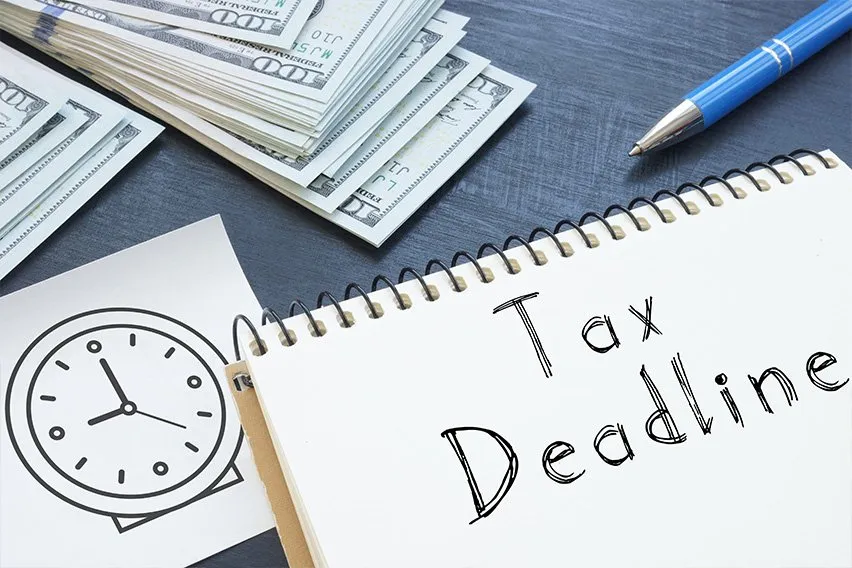 Tax Return Deadline in the UK (2024-25)
Tax Return Deadline in the UK (2024-25)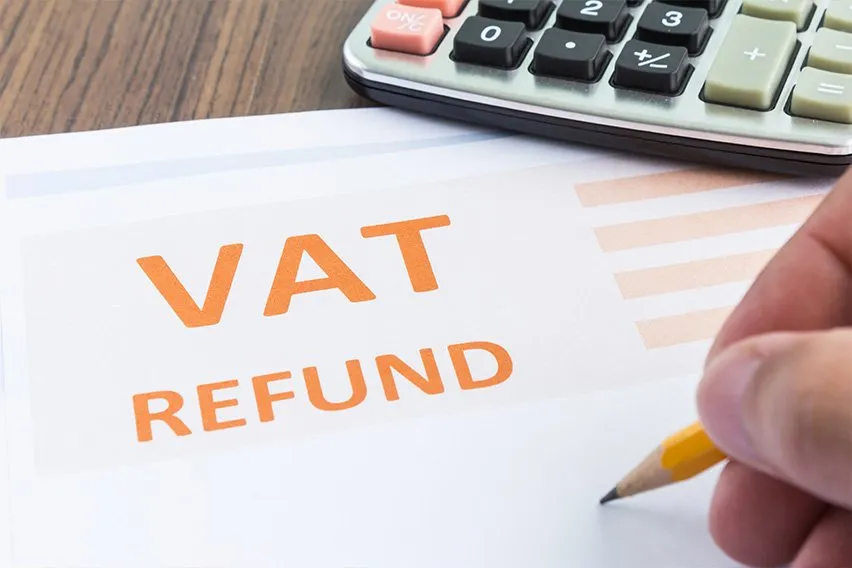 Can I Get a VAT Refund When I Leave the UK? Can I Get VAT Refund When I Leave UK Soil?
Can I Get a VAT Refund When I Leave the UK? Can I Get VAT Refund When I Leave UK Soil?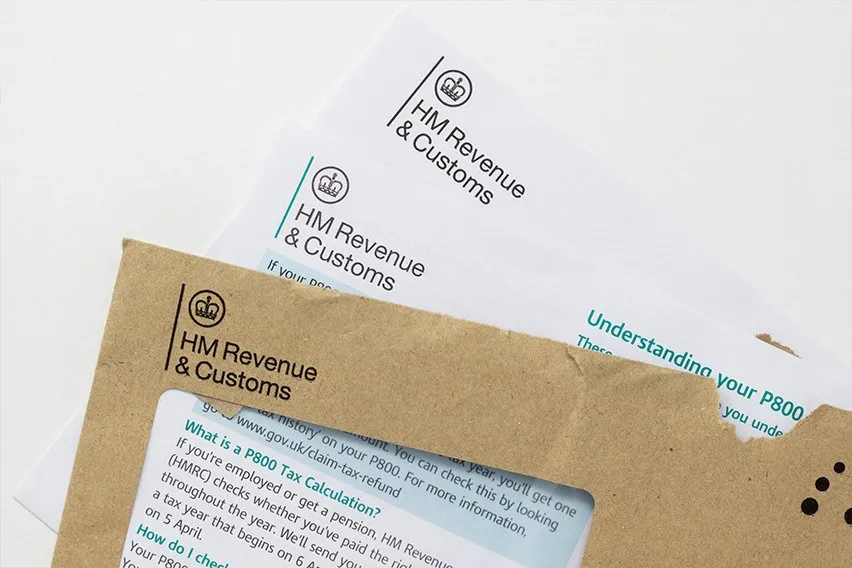 HMRC Invoice Requirements
HMRC Invoice Requirements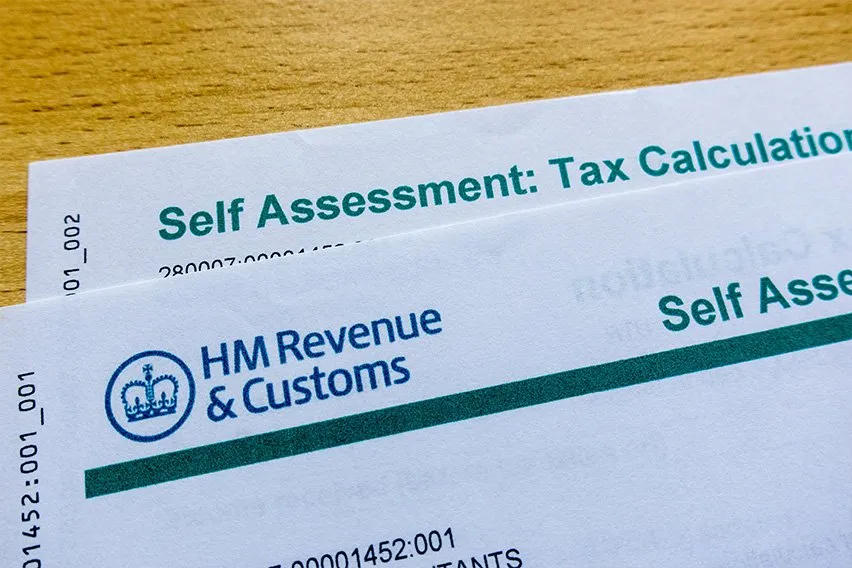 How Does HMRC Know About Undeclared Income?
How Does HMRC Know About Undeclared Income?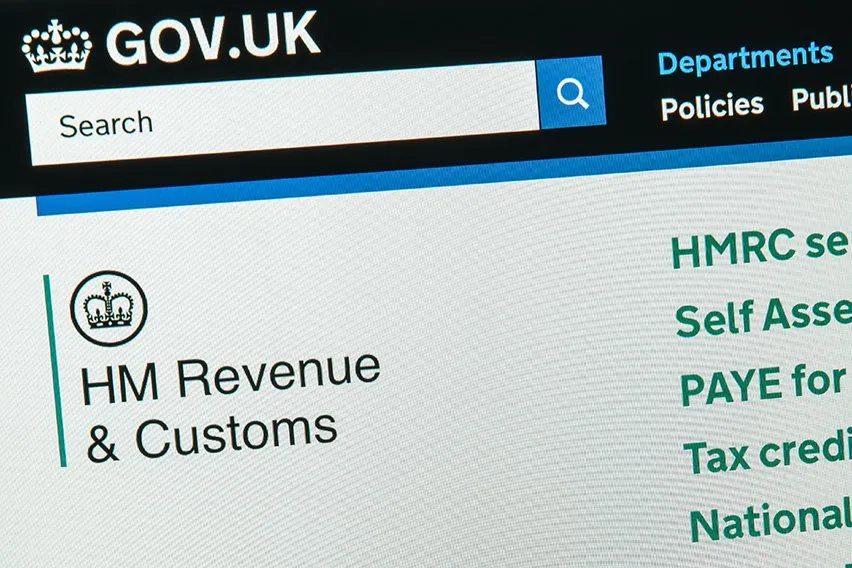 How To Contact HMRC About Tax Code
How To Contact HMRC About Tax Code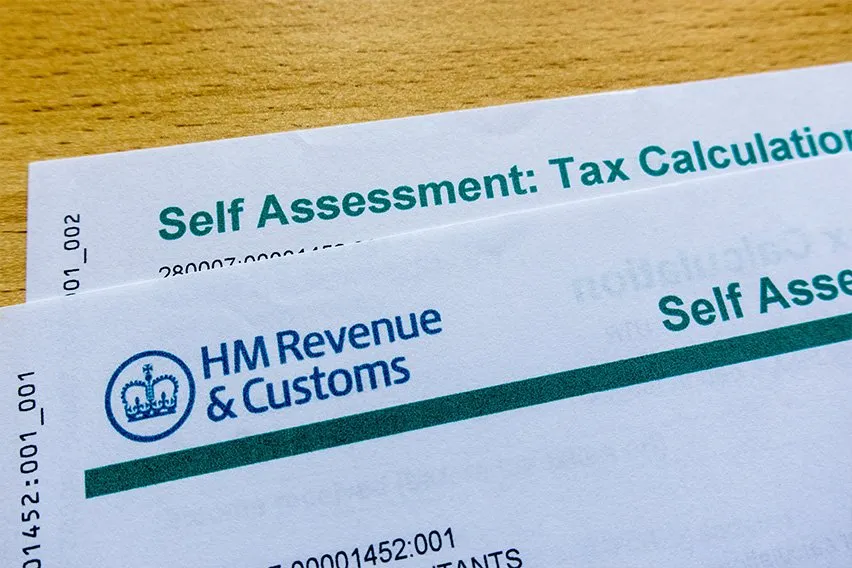 How Does VAT Work: An Overview
How Does VAT Work: An Overview